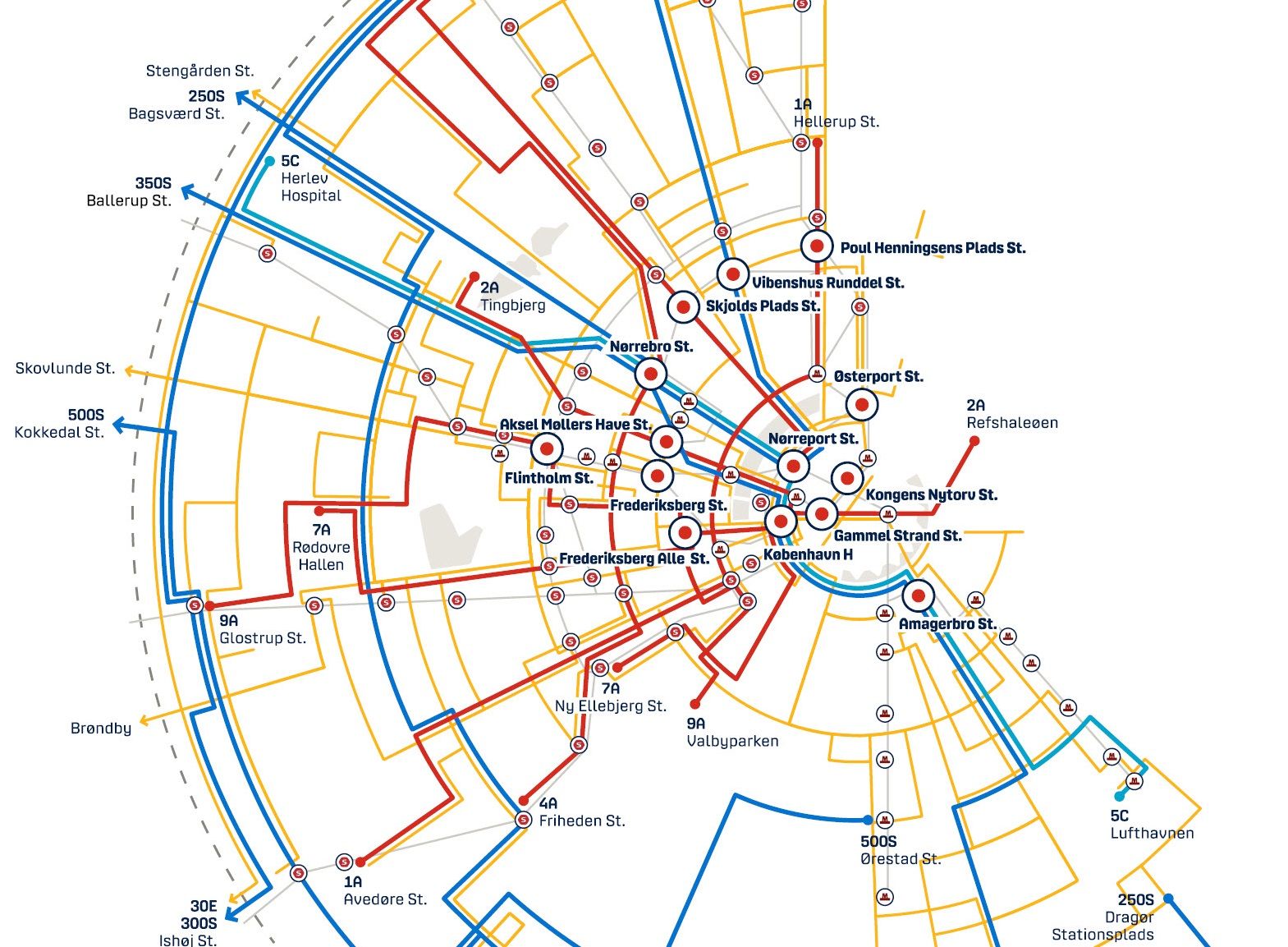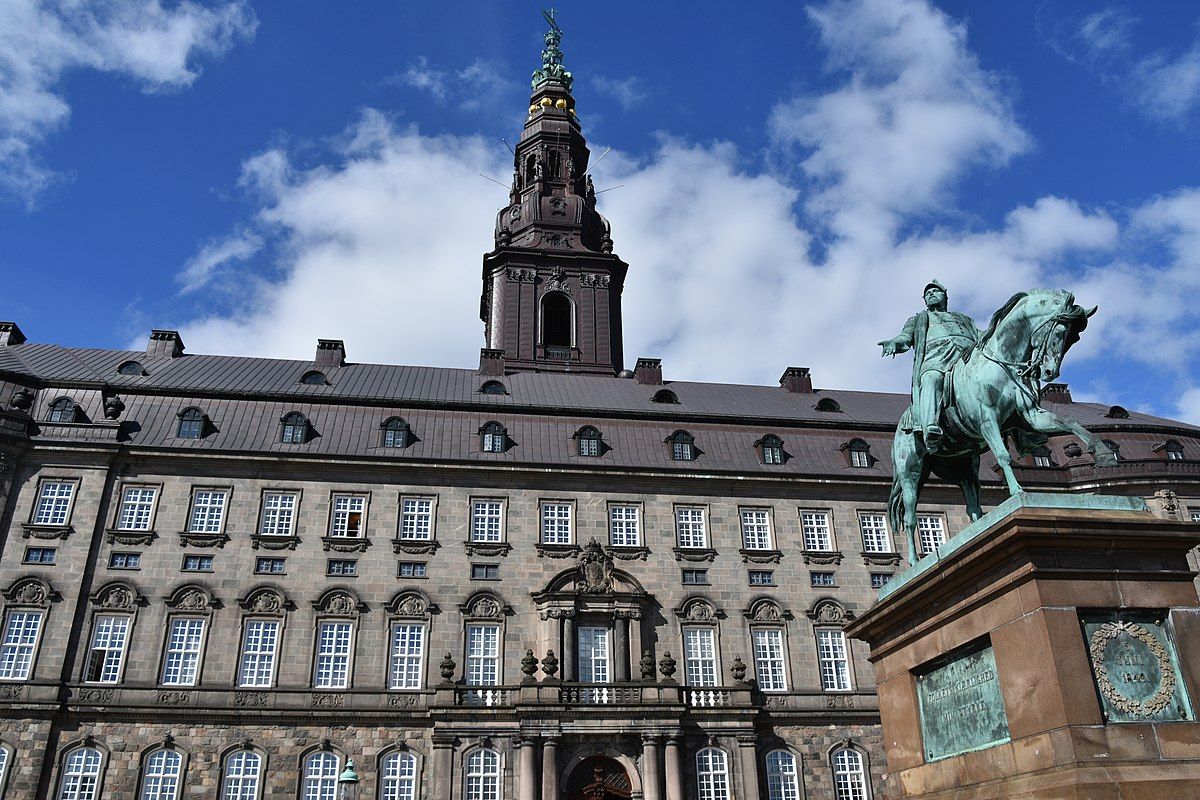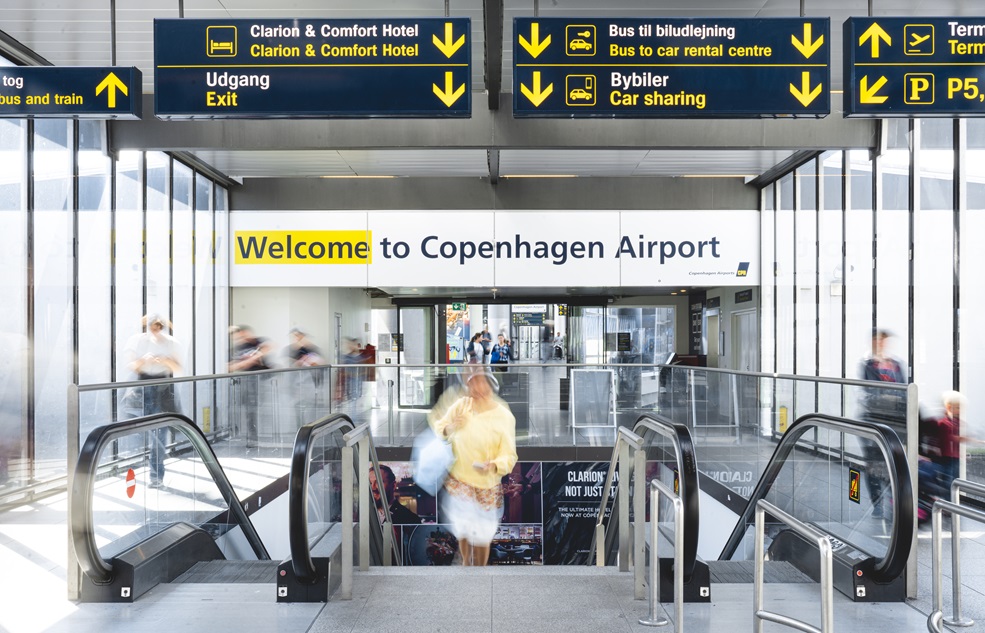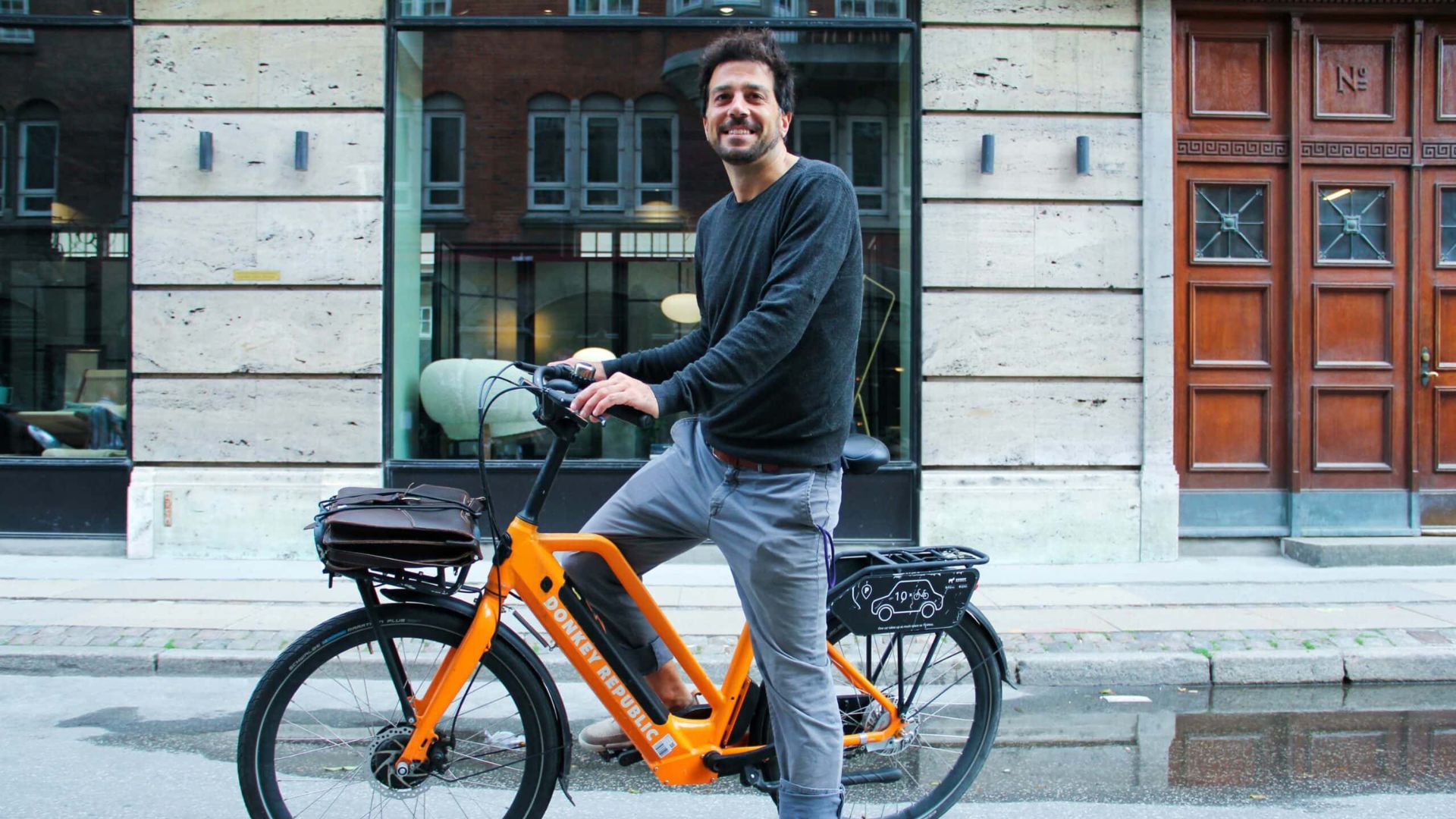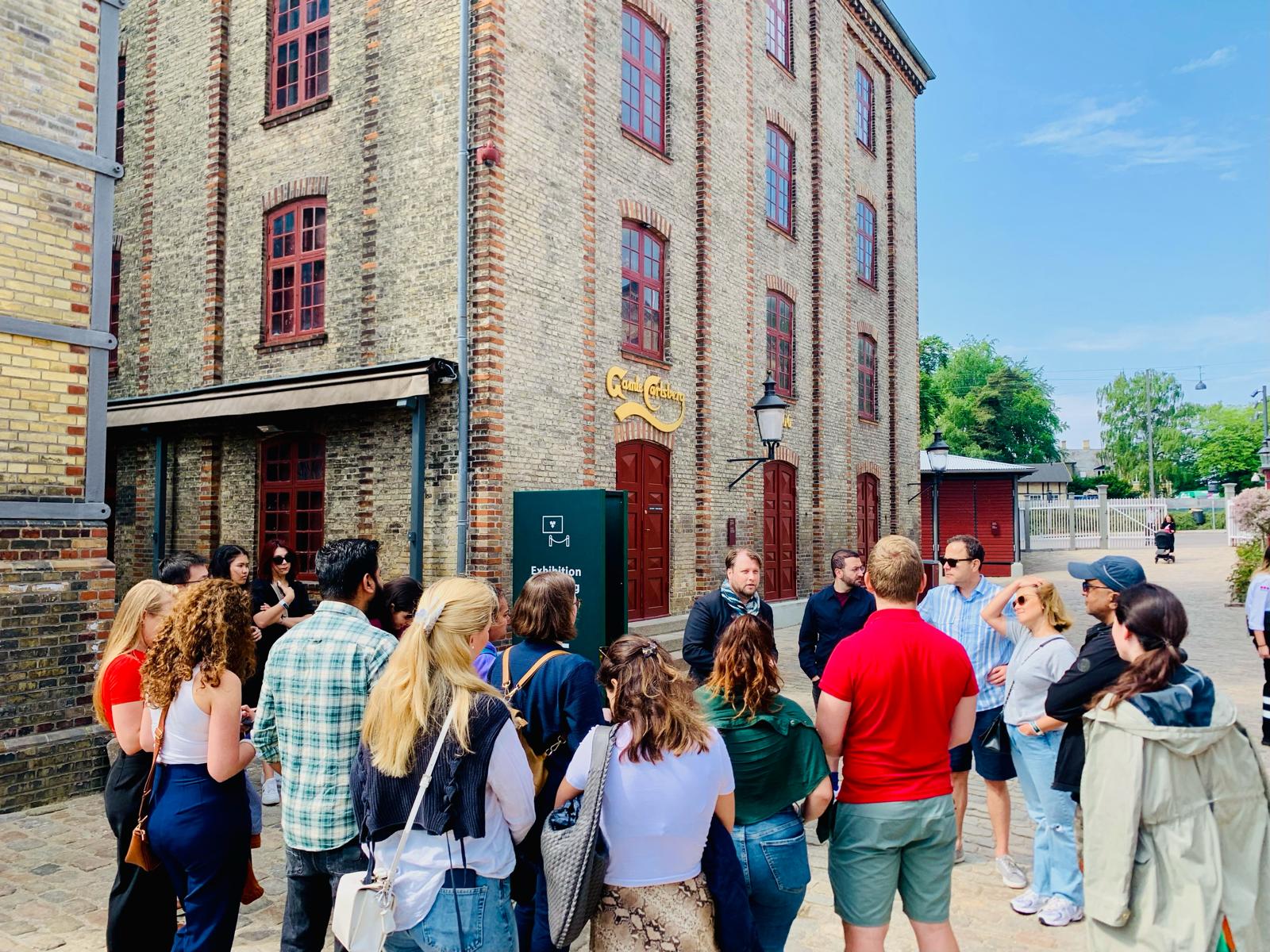The summer of 2019 promises to be special for Copenhagen as the long-awaited City Ring opens for the first time – and PM Lars Løkke Rasmussen and the city mayor, Frank Jensen, enjoyed a first test drive yesterday.
But it will also bring about great change to the Danish capital’s public transport network as over 30 bus lines, including the popular A and S lines, will be adjusted or even scrapped completely as the new transport landscape transforms in response to the new Metro line, as Nyt Bynet (the New City Network) is introduced.
Popular lines such as the 3A and 8A will disappear altogether, absorbed by other routes, while the 1A, 2A, 4A, 6A, 7A, 9A, 250S and 350S lines will also experience change as the city adopts 17 new Metro stations into the fold.
READ MORE: Urban forest springing up at City Hall Square
Overview below
Other lines that will either change or vanish are 10, 12, 13, 14, 18, 23, 26, 27, 31, 33, 34, 35, 37, 42, 66, 68, 77, 78, 132 ,161, 164, 165, 166, 169, 171/172, 176, 179 and 185. Click here to see the changes to the lines mentioned above.
The ticket provider for buses, trains and Metro in the capital region, DOT, claims that the coming changes will still see 95 percent of passengers having under 400 metres to travel to reach a bus, train or Metro link.
Work out your new travel route here and check out the new public transport network for your area in the links below:

